Passing on the Beauty of Ecological with a Camera - The Journey of Chin-fa Chen, Director of Ecological Documentary Films
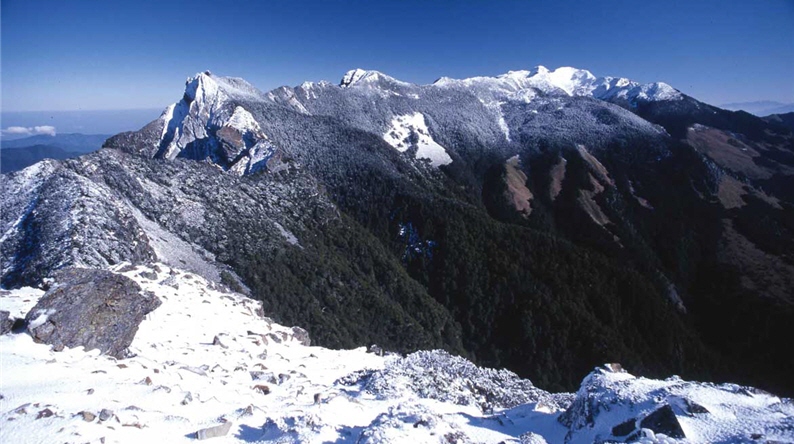
At night, a little round creature with smooth skin, dark eyes, and white spots all over its body appeared in Mt. Guanwu. Crawling slowly with its four short limbs, it looked extremely cute in front of the camera. In the film “Searching for the Sole Survivor of the Jurassic Age – Observing Hynobius formosanus,” this mysterious and rare amphibious species was revealed for the first time in front of the audiences. The one who made this happen was Chin-fa Chen, who has worked as a director of ecological documentaries for 19 years. “Once you get into this business, you can’t get out,” said a spirited Chen.
For many years, Chen has traveled throughout Taiwan with heavy gear. The highly-acclaimed films he makes cover different topics such as “A Diary on Nature” and “Remaining Years of Earth,” and on rare species such as Oncorhynchus masou formosanus, Sasakia charonda formosana, Chelonia mydas, and Platalea minor. Chen even received the Platinum Award in the 40th Houston International Film Festival for his recent work “In Search of the Relic Species from the Jurassic Period.”
Looking Back
Chen can record the images of virtually any kind of species, but he knew nothing about ecological photography 19 years ago. He was originally in fine arts, and started working in CM directing in order to support his family. In a capsizing accident that almost killed him, he realized how fragile life is and realized he should’ve been doing things that are more meaningful than making money.
“What can I leave behind?” Having this question in his mind, Chen returned to his hometown, Pinglin, and thought about his childhood when he had no money but lots of fun. He didn’t have toys, but the fields and creeks were his playgrounds, and insects, loaches, and birds were his playmates. Want fish for dinner? His father would just catch a couple in the creek. The children today have lots of toys, but they are no longer close to nature, and the fish in creeks are replaced by garbage. Chen thus decided to “protect nature with images.”
Began with a cheap used video camera, Chen stumbled his way back to nature from the studio. By producing environmental programs, he interviewed scholars, read relevant books, and turned himself into an art student into a dedicated and focused ecological observer.
“When making an ecological film, I spend about half of my time on research. The filming part is actually easy.” When filming Hynobius formosanus, he couldn’t find any of them! Led by Wen-jie Chih, a research student, Chen saw the first Hynobius formosanus and recorded environmental data such as temperature and humidity. He then spent about a year understanding their habits by camping in the woods and waking up in early morning to look for them, with threats such as typhoons and mudslides. The valuable images he recorded took him 3 years.
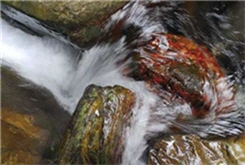
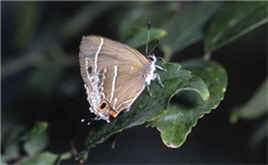
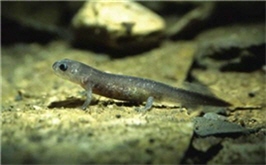
Photos provided/ Chin-fa Chen
Translator/ James Chang
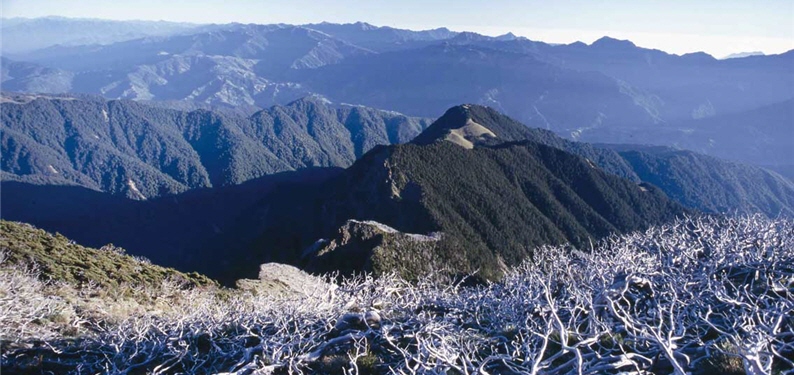
Chen named his website on Hynobius formosanus “See-pa,” meaning he has to lie on his belly in order to observe the creature – as well as his humbleness towards nature.
The work on Chelonia mydas even took 7 years. “I spent the 1st year running on the sand beach without filming anything.” Chen had to carry gear that weighed 30 kg, and he couldn’t keep up with Dr. Yi-jun Cheng, a researcher of Chelonia mydas, because he would sink into the sand with each step under the scorching sun. After developing strong leg muscles, he was finally able to keep up and watch Chelonia mydas spawning eggs on shore. That was his most memorable experience.
"That huge creature climbed ashore, found a spot, dug a hole, laid eggs, and covered them with sand. You just know it must be exhausted from its panting and movements.” Seeing hundreds of female turtles risking their lives to reproduce, Chen was deeply moved and thought the pain he suffered was nothing in comparison.
An Ecological island – An Artistic Taiwan
Chen went through a lot in his outdoor filming, but he also gathered a huge amount of ecological data. He has realized that ecological documentaries are not just records that you put in the attic after they are done. “The ultimate meaning of doing such work is not about making a film, but the process. These films are made possible by ‘life,’ and you must find their real values and make them seen.”
After years of contemplating, Chen believes the real value of these ecological records is about “passing on the beauty of life.”
As an art major, Chen understands all forms of art are imitations of nature. His childhood memories showed him that nature is not just the best classroom but also his Disney Land. His ability to understand, observe, and imagine was shaped by the woods, and he believes examining the details in nature sharpens children’s senses, widen their visions, and make them more creative. Those who are able to enjoy nature and understand their roles in the circle of life during childhood would certainly be able to cherish their land, be artistic, and value the beautiful Taiwan.
Therefore, Chen’s biggest dream is to create the first ecological education museum in Taiwan that combines nature, art, and education.
At the end of this March, AFa-Nature website was officially launched. “AFa” isn’t only Chen’s nickname but also symbolizes “alpha,” which represents energy. Chen treats this website as the predecessor of the museum and plans to set up camps, train new personnel, and set up an ecological creation center. To teach the public about conservation, he travels through the 319 villages in Taiwan to give speeches and roll his films, as well as to recruit new volunteers.
Chen continues to uphold the beliefs of “exploring life and learn from nature” and wishes to turn Taiwan into an artistic island with rich ecosystems. Such powerful dream is a result of his energy acquired from nature. He believes as long as there is a will, this energy will continue to light the future of Taiwan and pass its beauty onto our future generations.
About director Chin-fa Chen
Director Chen Chin-fa has focused on the filming of ecological documentaries for 19 years, Impotant species of Taiwan have manifested the beauty of their life through his lens. his vision is to produce works with depth and quality content with globalized and international conceptualization, and evince the integration of humanistic concern, scientific study, and aesthetics in his work, which strengthens the interactive relationship between humans and the environment, ultimately reaching the goal of ecological preservation and environmental protection. (AFa-Nature website: AFa-Nature)
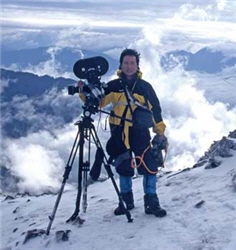


![Text size [Small]](/media/system/images/font_small.jpg)
![Text size [Medium]](/media/system/images/font_normal.jpg)
![Text size [Large]](/media/system/images/font_big.jpg)





